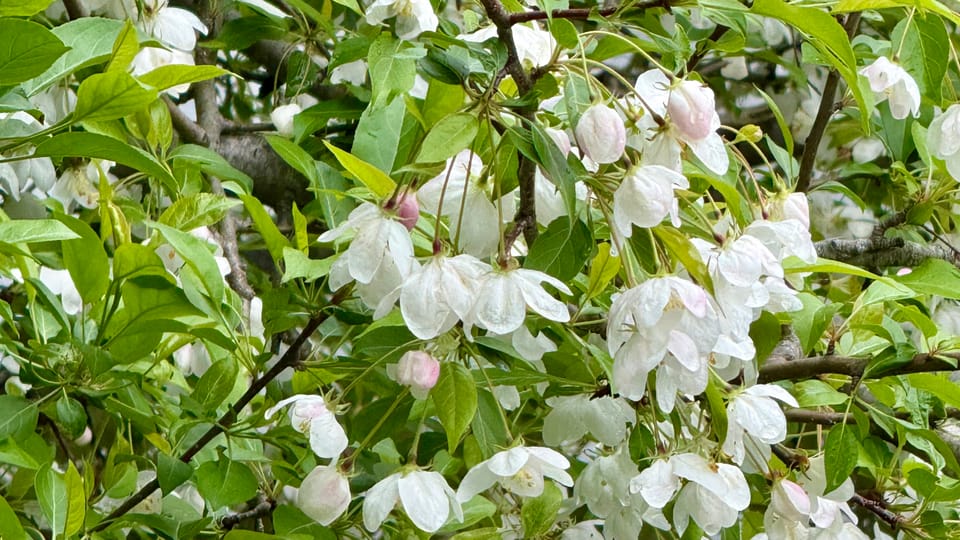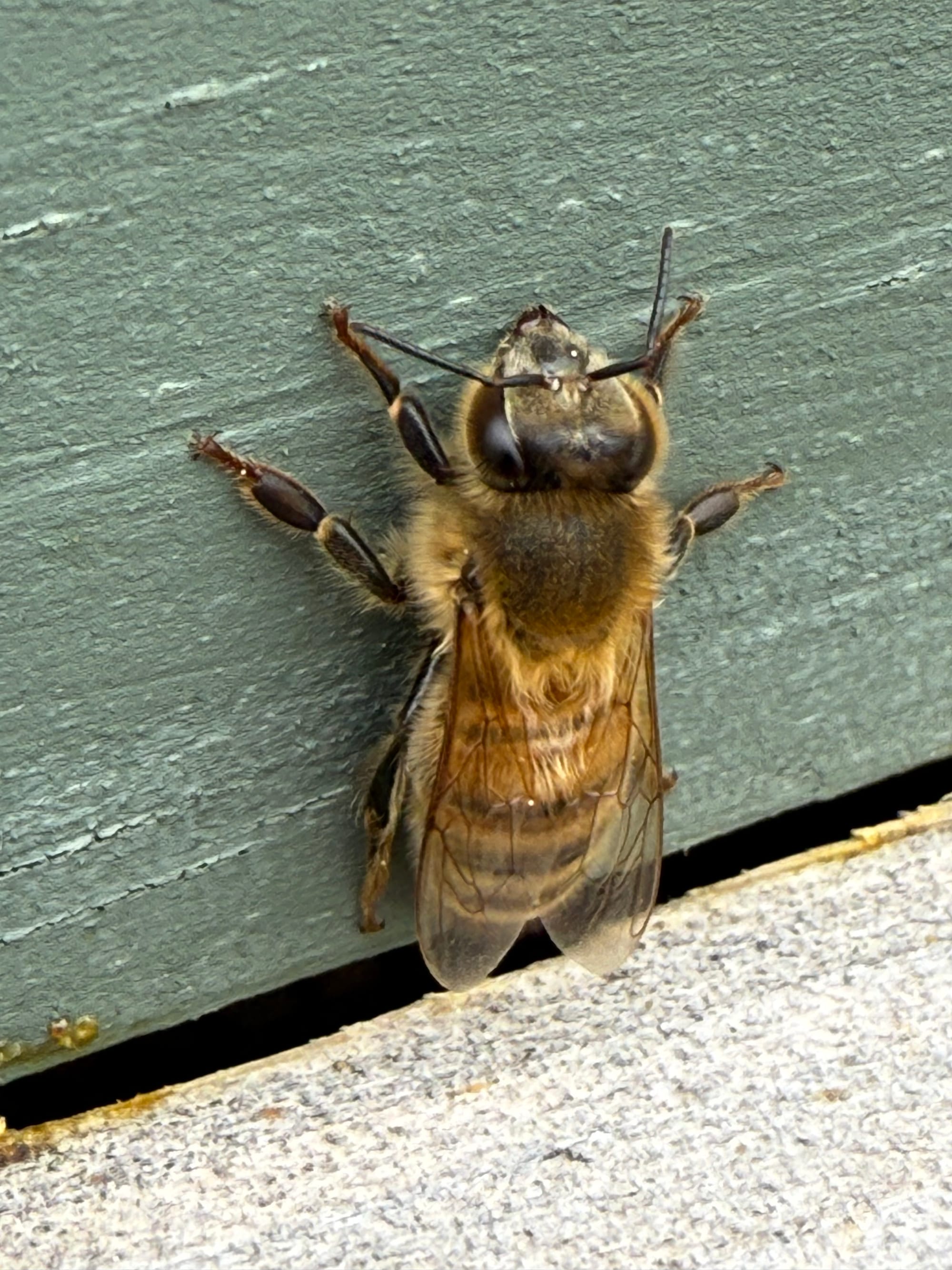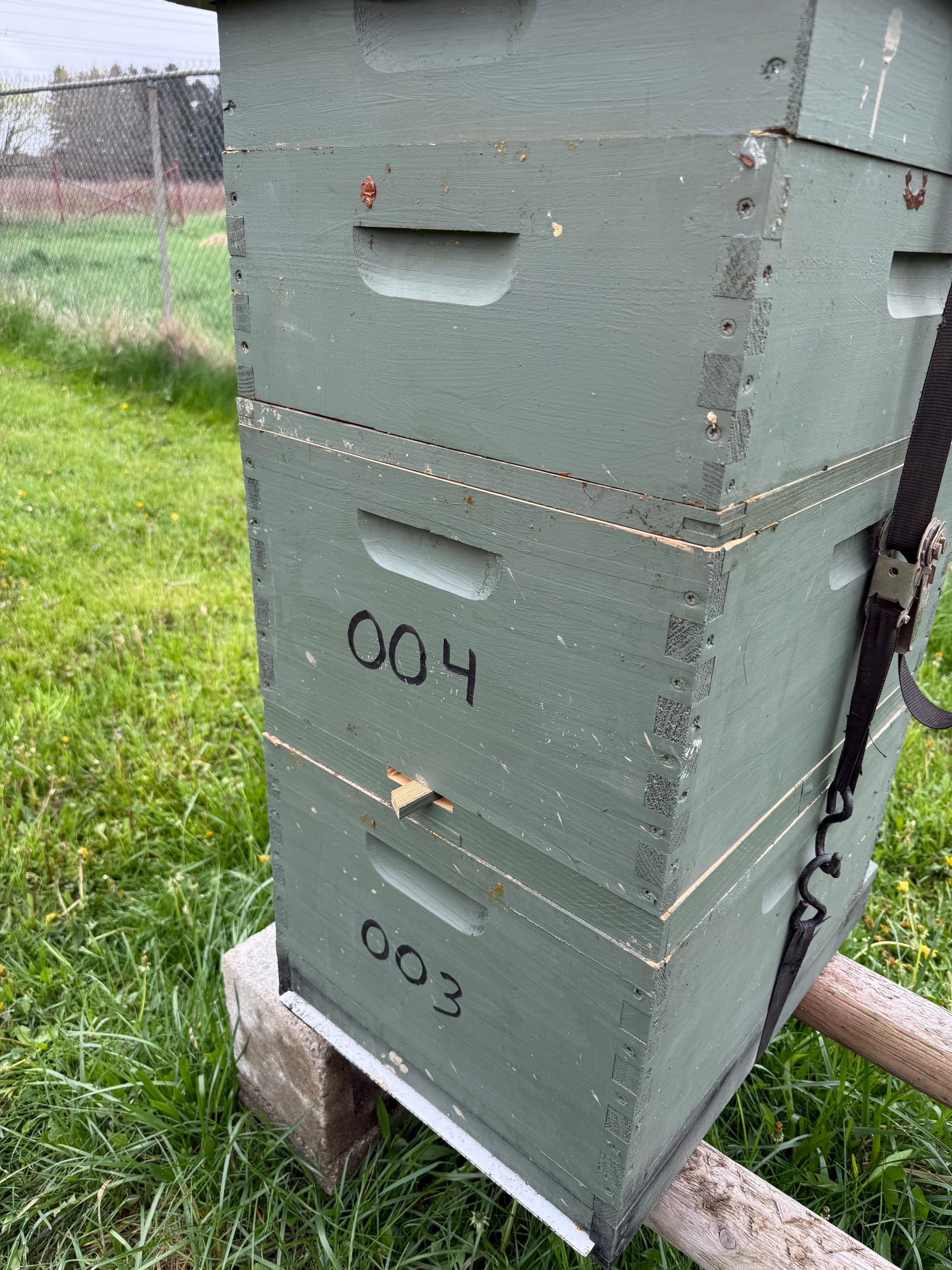Spring Struggles: A Beekeeper's Lesson Learned

Spring Struggles: A Beekeeper's Lesson Learned
Spring is an exciting yet challenging time for beekeepers. Each day, you eagerly watch the weather forecast, hoping conditions will allow your bees to venture out. I often find myself thinking about inspections and planning all the improvements I want to make in the coming season.
One of my primary goals this spring was to strengthen my surviving hive to prepare it for splitting later in the season. My first inspection of the year took place on March 14th. I began by checking the top box for brood. The queen was in the medium box, but brood levels were minimal. To stimulate brood rearing, I added a half-pound pollen patty and a gallon of 1:1 sugar syrup. By March 19th, they had completely consumed the syrup, prompting me to add another half-gallon. Despite the warm weather that week, natural nectar and pollen were still scarce, so I hoped the artificial feed would encourage the colony’s growth.
Unfortunately, the weather quickly took a downturn, becoming cold and wet, with several nights dipping below freezing. Finally, on March 29th, conditions improved enough for another inspection. My goal this time was to relocate the queen into the deep brood chamber and place a queen excluder above it, keeping the brood out of the medium super. Once again, the queen was in the medium super, accompanied by a significant amount of brood—a promising sign for my goal of splitting the hive.
However, disaster struck as I attempted to move the queen. When I pulled her frame and reached to gently pick her up, she unexpectedly flew off. My heart sank immediately, realizing she might not return. Hoping for the best, I left the queen excluder off and scheduled another inspection for April 5th.
On April 5th, despite an extensive search, I couldn’t locate the queen. The presence of several emergency queen cells confirmed my fear: she hadn’t returned. At this point, I knew I was facing a real challenge. It was still too early in the season for a virgin queen to successfully mate in Northeast Ohio. Feeling uncertain, I closed the hive to give myself some time to consider my next steps.

Saving a Queenless Hive
After a day of careful thought, I decided my best option was to order a new, mated queen. The earliest available delivery was April 16th, so I placed my order and hoped I could still manage to create a successful split before the main nectar flow.
Unfortunately, the weather remained chilly, keeping me out of the hive until April 13th. During this inspection, I found only one open emergency queen cell, signaling a potential threat: if a virgin queen had hatched, she might kill the newly ordered queen. Thankfully, the queen’s delivery date was pushed back to April 21st, giving me extra time to address this new complication.
To protect the incoming queen, I implemented a strategy on April 13th. I placed a double-screen board to isolate any potential virgin queen in the bottom brood chamber. Above it, I added a new deep box filled half with drawn comb and half with foundation, followed by the medium box on top, hopefully containing only nurse bees. I secured everything and waited anxiously.
Finally, on April 22nd, the new queen arrived. I installed her in the deep box above the double-screen board, added a queen excluder between this box and the medium, and topped it off with a feeder filled with a gallon of 1:1 syrup to encourage acceptance of the new queen.

Lessons Learned
The moral of my story? Let the queen calmly move onto a frame instead of trying to pick her up, unless absolutely necessary. Additionally, if you encounter emergency queen cells in early spring, it’s probably best to remove them and promptly order a mated queen to prevent unnecessary complications.
Stay tuned for updates to see if my recovery efforts paid off or if I've added another valuable lesson to my beekeeping journey. Either way, this is all part of the adventure, and I'm excited for the challenge ahead!
Member discussion